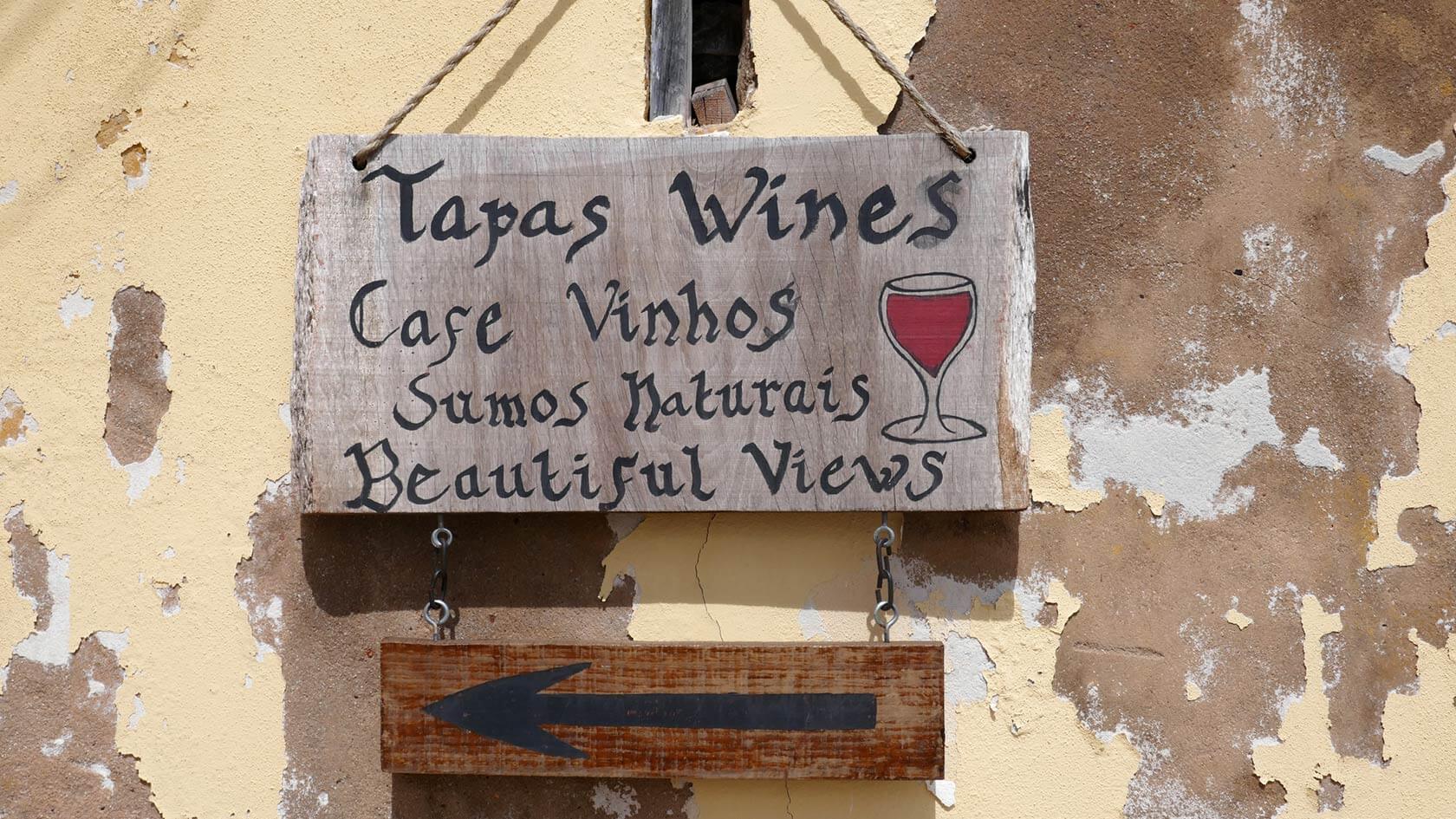Effective signage is vital in developing a strong foundation for successful branding, advertising and customer recognition. Over the decades though, signage has evolved and there has been an increase in the use of digitally created signage. However, traditional signwriting is not only making a comeback, it’s rising in popularity for a number of reasons – it’s authentic, creative and easy to touch up, and above all, traditional signage can make a real statement for any business or brand. At Ausign, we understand that hand-painted signage is a popular and effective solution for many Melbourne businesses. Read on for our guide to traditional signwriting and why you shouldn’t write it off as an outdated option.
What is Traditional Signwriting?
Traditional signwriting involves experienced signwriters painting and developing signs by hand.
Traditional signwriters do not depend on technology, they set out a sign with chalk and write it by eye in freehand. These days, designs are often created by hand on a drawing board and later combined with CAD software for preliminary layout production. The final application is made by hand, using brushes and specialist enamels for a long-lasting finish.
Which Applications Are Best for Traditional Signwriting?
While hand-painted lettering and decoration suits almost any location, brand or business, there’s a few applications where modern, computer generated lettering and graphics may not be appropriate. Such applications may include:
- Vintage vehicles
- Period buildings
- Traditional shops and restaurants
- Anywhere there are unusual printing surfaces – in the case of heavily textured surfaces like brick, or sand-blasted and corrugated walls, the most effective results are achieved with brushes, paint and an expert sign writer.
Traditional signwriting ensures a unique outcome, designed specifically to suit its location, context, and purpose.
Do I Have to Choose Between Traditional and Computer Generated Signage?
Signage technology and techniques have evolved significantly in recent times, and many businesses and industries are adopting these new technologies to serve their signage needs. The good news is, you don’t necessarily have choose one over the other – traditional and contemporary signage are often used together and can complement each other to deliver exceptional results. Incorporating both types of signage can certainly maximise impact.
Why Should I Consider Traditional Signage?
To stand out from the crowd – most signs that dominate the city of Melbourne today are made of vinyl-cut letters, produced on a computer then applied, or digital signs produced on big flat-bed printers. Traditional signage creates a distinctive and memorable look to differentiate your business or brand from the competition, whilst also increasing customer recognition. If done right, traditional signwriting makes an instant and memorable impression with its distinct style.
It’s cost effective – traditional signage is generally less expensive to set-up than computer generated signage and provides an effective, low-tech approach that can meet the needs of almost any business.
Flexibility – signwriters are artists, therefore they understand the artistic subtleties of a job. For example, computers often print with equal space between each letter, which may not look right in all situations. In the case of an L and an A there may big space between the letters. A traditional signwriter can reduce the space in that one particular area to make it look more balanced.
If you would like to know more about traditional signwriting and the benefits it can bring to your business, contact the team at Ausign today. Despite the modern digital techniques and computerised signage options available these days, traditional sign writing is still an incredibly effective signage solution that should be considered by businesses across Melbourne. Call us today on (03) 9419 0970 or contact us online and let us customise the perfect signage to help your business stand out from your competitors.


